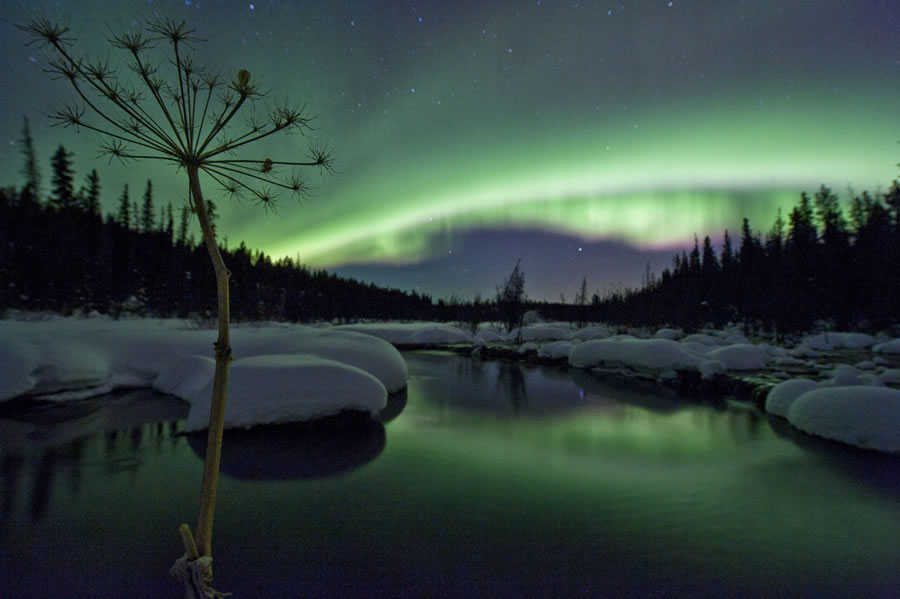A young girl crawled into a warm bed one cold night, and called to her father that it was story time
The father sat down beside his daughter’s bed and began “a long time ago, even before you were born, there was a young boy who lived with his mother. When the boy was first born, he was placed on his mother’s chest and she told him a story before they fell asleep together. Each night after that, the mother told her son a story before he fell asleep, each night a new story. One night she told her son a story about his father, another night about his sister. One night she told him a story about rabbits and how they hop, another night about chickens and the eggs they lay. One night she told him a story about bravery, another night about cowardice.
“Sometimes the mother and son traveled great distances to tell the story, and sometimes they went to a neighbour’s house. Sometimes they stayed in the son’s room, his mother telling a story from his bedside. For the story about rabbits and how they hop, the mother and son went to the woods behind their house. For the story about his father, they traveled to a far away place.
“One night, the young boy asked his mother to tell him a different story, one that was unlike anything she had ever told him, unlike anything he had ever heard. The mother smiled at her son’s request, almost sadly, like a wince or a grimace. She asked if he was sure, that he wanted to hear something very different. Her son nodded his head, and the mother smiled wider, knowingly.
“The mother inched closer to her son’s bed, and whispered in his ear. She whispered a story of evil people, in evil times, doing evil things to evil people. When the mother had finished her story, she leaned back in her chair and looked at her son. He was thinking about the story, running it through his mind. Finally he said ‘mother, I don’t really like that story. Can you take it back and tell me another one?’
“His mother kissed his forehead, and walked across the bedroom. ‘I’m sorry my dear,’ his mother said, pausing at the door, ‘I can’t take the story back. It’s your’s now. To forget or remember, to retell or to change. To find your place within it’”
The father asked his daughter if she liked the story. His daughter said she didn’t. He smiled and said he would tell her another story the next night.
—
I told this story to my partner, after having sketched the story in my head and the writing it down quickly, so I could at least have something to refer to if I forgot a whole part. I found it went really quickly quicker than I thought it would. I also kept wanting to stop and change things, to be able to pour over it and rework sentences.
I’ve gotten used to ‘showing, not telling’. But that was really difficult here. I had planned to go into detail about the chair the mother sits in beside the bed, but I found I couldn’t do that as easily and remember everything. I got to thinking that this might be easier with a kind of crowd-sourcing of the details, over time. If this story, or any story was told and retold over and over, people could add-in details, and some would stick and some wouldn’t. And as a teller got more comfortable telling it, they could add in a detail, that someone else would get comfortable with, and then add on to it.
I think a story that has a shell but relies on others to populate it lends itself to an oral tradition. You’ve got your structure, but then each person can add in details that make it meaningful to their lives. The earlier stories could be changed from rabbits and chickens to moose and wolves, and they could be expanded, if the teller wants to actually tell that story (another story within the story). I’m thinking of something like the famous joke that comedians tell among themselves (The Aristocrats – I won’t link to it, because it’s definitely ‘not safe for work/school’…and Bob Sagat’s version might not even be ‘safe for life’). But I think leaving out the details of the ‘evil story’ is a great idea, not least because it reminds me of this gem (particularly around 3:01).

